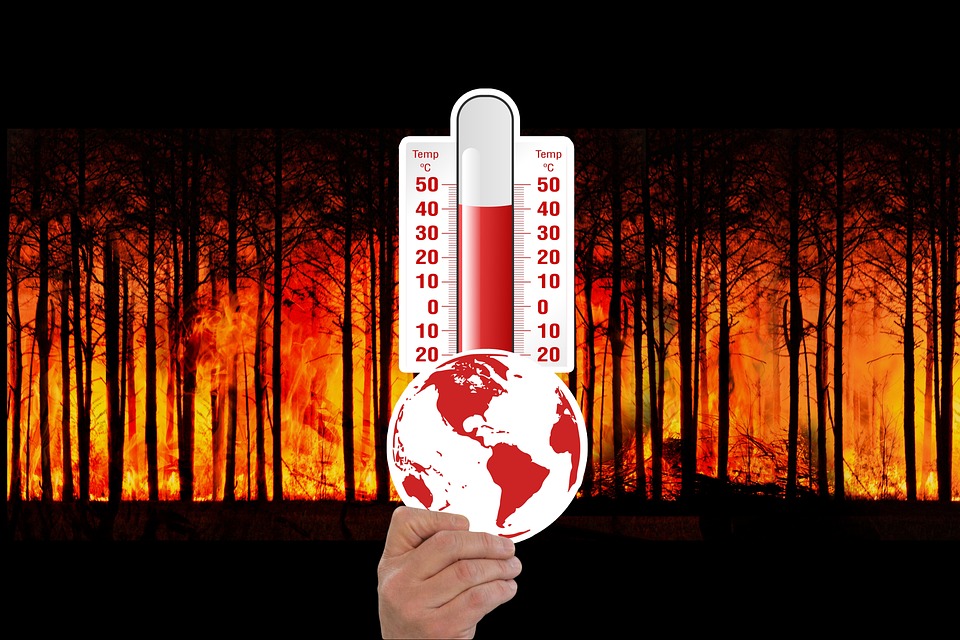What Is the Clean Energy Corridor? Understanding a Pathway to Sustainable Power
The Clean Energy Corridor is an essential concept in the global transition towards sustainable energy. It refers to designated routes or networks that facilitate the transmission of renewable energy from generation sites, often located in remote areas with abundant resources, to urban centers and regions with high energy demand. The primary goals of these corridors include increasing renewable energy capacity, improving energy transmission efficiency, and reducing greenhouse gas emissions.
1. Definition of a Clean Energy Corridor
A clean energy corridor serves as a vital infrastructure component that connects various renewable energy sources—such as wind, solar, and hydroelectric power—to consumers. This connectivity is crucial for:
– Efficient Energy Transport: Clean energy corridors enable the transportation of renewable energy across long distances, ensuring that areas rich in renewable resources can supply power to regions where it is needed most.
– Grid Stability: By linking diverse energy sources, these corridors help stabilize the grid and enhance overall energy availability.
2. Key Examples of Clean Energy Corridors
Several notable clean energy corridors around the world exemplify this initiative:
– Africa Clean Energy Corridor (ACEC): This initiative aims to enhance renewable energy development and cross-border trade in Eastern and Southern Africa. It seeks to harness the continent’s vast renewable potential and improve regional cooperation among countries[2][6].
– US Clean Energy Corridors: In the United States, various projects are underway to connect renewable-rich areas—like the Midwest wind belt—to urban centers. These corridors are essential for integrating large amounts of renewable energy into the national grid[5].
– European Union’s Trans-European Networks for Energy (TEN-E): This project focuses on interconnecting national grids across EU member states to facilitate energy sharing and integrate renewables more effectively[1].
3. Goals and Benefits of Clean Energy Corridors
The establishment of clean energy corridors comes with several significant benefits:
– Increase Renewable Energy Use: These corridors promote the large-scale deployment of renewable sources, helping to replace fossil fuel-generated power.
– Enhanced Grid Reliability: They contribute to a more stable and reliable grid by connecting different energy sources and balancing supply with demand.
– Economic Growth: Investment in clean energy infrastructure fosters job creation and stimulates economic development within regions.
– Reduction of Greenhouse Gas Emissions: By facilitating a shift towards cleaner energy sources, these corridors assist nations in meeting their climate targets[3][4].
4. Challenges Facing Clean Energy Corridors
Despite their potential, clean energy corridors face several challenges:
– High Initial Costs: The development of necessary transmission infrastructure requires significant investment, which can be a barrier to progress.
– Environmental Concerns: New transmission lines may impact natural habitats and communities along their routes.
– Cross-Border Coordination: Effective implementation often requires collaboration among multiple jurisdictions, which can complicate regulatory processes.
– Grid Integration Issues: Integrating variable renewable sources into existing grids may necessitate modernization efforts[5][6].
5. Future Prospects for Clean Energy Corridors
Looking ahead, several trends could shape the future of clean energy corridors:
– Advancements in Transmission Technology: Innovations such as high-voltage direct current (HVDC) systems are making long-distance transmission more efficient and cost-effective[4].
– Global Expansion: There is a growing momentum for developing more clean energy corridors globally, particularly in regions like Asia and Africa where renewable demands are increasing.
– Supportive Policies: Government incentives and international partnerships will play crucial roles in accelerating the development of these projects[1][2].
FAQs
– What is the purpose of a clean energy corridor?
To facilitate the efficient transmission of renewable energy from generation sites to areas with high demand.
– How do clean energy corridors help reduce emissions?
By promoting the use of renewable sources over fossil fuels, they contribute to lower greenhouse gas emissions.
– What types of energy sources are used in clean energy corridors?
Primarily wind, solar, and hydroelectric power.
– What are the major clean energy corridors worldwide?
Notable examples include ACEC in Africa, US Clean Energy Corridors, and TEN-E in Europe.
Conclusion
Clean energy corridors represent a critical infrastructure component necessary for transitioning to a sustainable energy future. They not only connect abundant renewable resources with high-demand areas but also support broader climate goals by enhancing grid stability and reducing emissions. As investments and technologies evolve, these corridors will play an increasingly pivotal role in driving global efforts toward cleaner, more reliable power solutions.

Kyle Whyte is a notable scholar and professor at the University of Michigan, holding positions such as the George Willis Pack Professor in the School for Environment and Sustainability and Professor of Philosophy. Specializing in environmental justice, his work critically examines climate policy and Indigenous peoples’ ethics, emphasizing the nexus between cooperative scientific endeavors and Indigenous justice. As an enrolled Citizen Potawatomi Nation member, he brings a vital perspective to his roles as a U.S. Science Envoy and member of the White House Environmental Justice Advisory Council. His influential research is supported by various prestigious organizations including the National Science Foundation, and disseminated through publications in high-impact journals. Kyle actively contributes to global Indigenous research methodologies and education, with affiliations to numerous institutes and societies dedicated to traditional knowledge and sustainability. Recognized for his academic and community engagement, Kyle has earned multiple awards and served in various visiting professorships. His efforts extend to leadership positions on boards and committees focused on environmental justice nationwide.
